Neoclassical print – Gallery of Florence and the Pitti Palace
Paris, 1789–1807
Magnificent etching and burin, from the prestigious work Tableaux, Statues, Bas-Reliefs et Camées de la Galerie de Florence et du Palais Pitti, published in Paris between 1789 and 1807.
This monumental publishing undertaking, directed by Pierre-François-Léonard Fontaine, aimed to introduce European art lovers to the ancient treasures preserved in the Florentine collections. Each print was accompanied by an explanatory text written by the historian Mongez l'aîné, a member of the Institute, and engraved with extreme care on high-quality vellum paper.
⸻
Subject of the plate: This plate presents three major works of classical antiquity:
• The Crouching Venus (bronze statue from the Boboli Gardens) – Inspired by a Hellenistic Greek model, this female figure depicted naked in a posture of intimacy and modesty was widely copied over the centuries. The original bronze, admired for the elegance of its lines and the suppleness of its anatomy, has left a lasting mark on the Western imagination.
• Young Hercules – Ancient cameo depicting the demigod in adolescence, identifiable by his curly hair and youthful features. This image testifies to the popularity of Hercules in ancient glyptics, where he embodies strength and virtue.
• Hercules the Victor – Bust in profile adorned with the skin of the Nemean lion, symbol of his first legendary exploit. This portrait is a classical tribute to the triumphant power and civilizing heroism of Hercules.
⸻
Technical details:
• Draughtsman: Jean-Baptiste Wicar (1762–1834), student of David, sent to Rome to draw ancient masterpieces
• Engraver: Claude-Louis Masquelier (1781–1851), master of the burin renowned for his precision and sensitivity
• Text: Scholarly explanation by Mongez the elder, art historian and member of the Institute
• Editor: L.-F. Fontaine, architect and Napoleon's trusted man
• Plate dimensions: approx. 54 x 36 cm
• Paper: Annonay vellum with fringed edges, watermarked
• Condition: Excellent. Clean, contrasted engraving, fresh paper; explanatory text on a separate sheet, presence of a slight trace in the margin of the title page without impact
⸻
Interest of the work: This plate elegantly combines sculpture, glyptics and erudition. It perfectly illustrates the neoclassical taste for the purity of ancient forms, as well as the encyclopedic requirement of the great editorial projects of the late 18th century. Perfectly preserved, it constitutes a precious testimony to the archaeological and artistic rediscovery of Antiquity at the dawn of the 19th century.
An ideal work for collectors of old prints, lovers of ancient culture, or as a refined decorative piece for a library or an amateur's study.


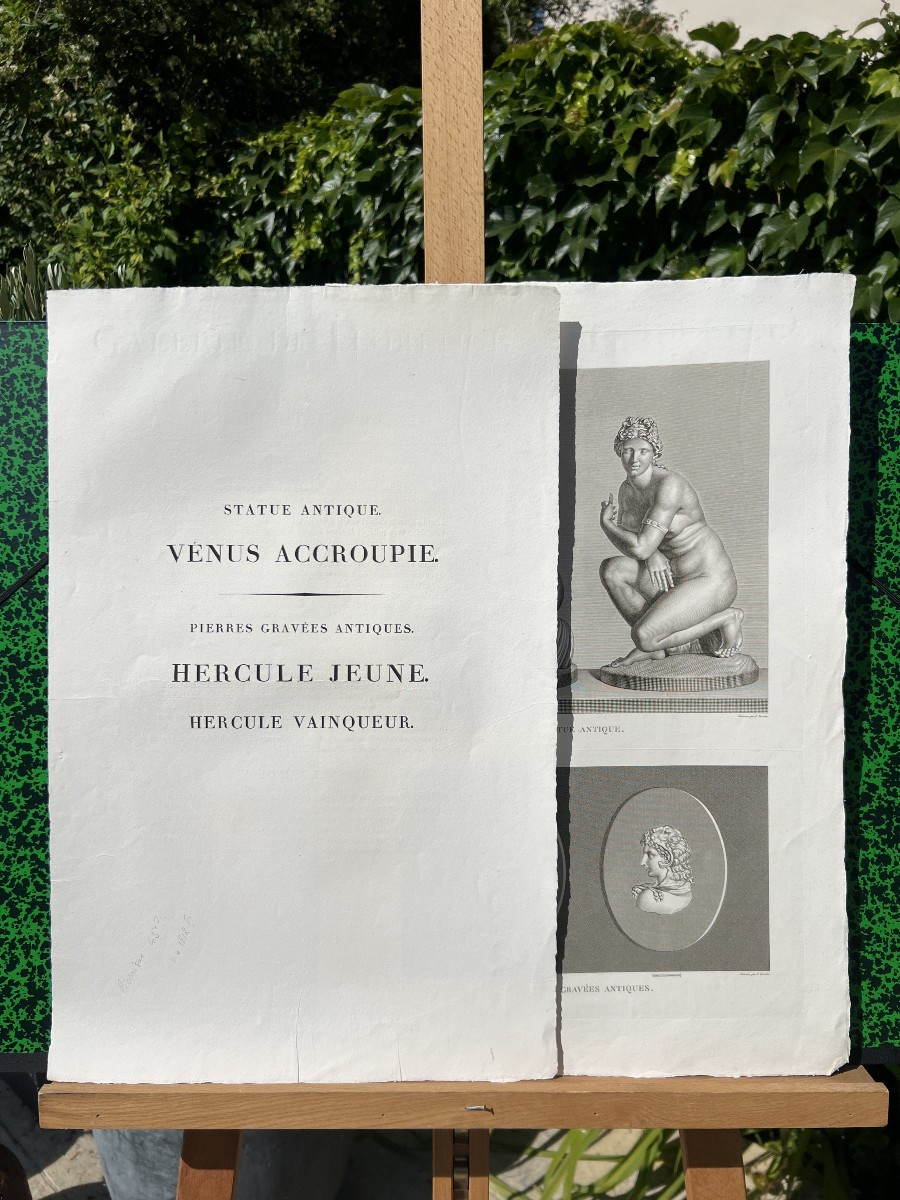


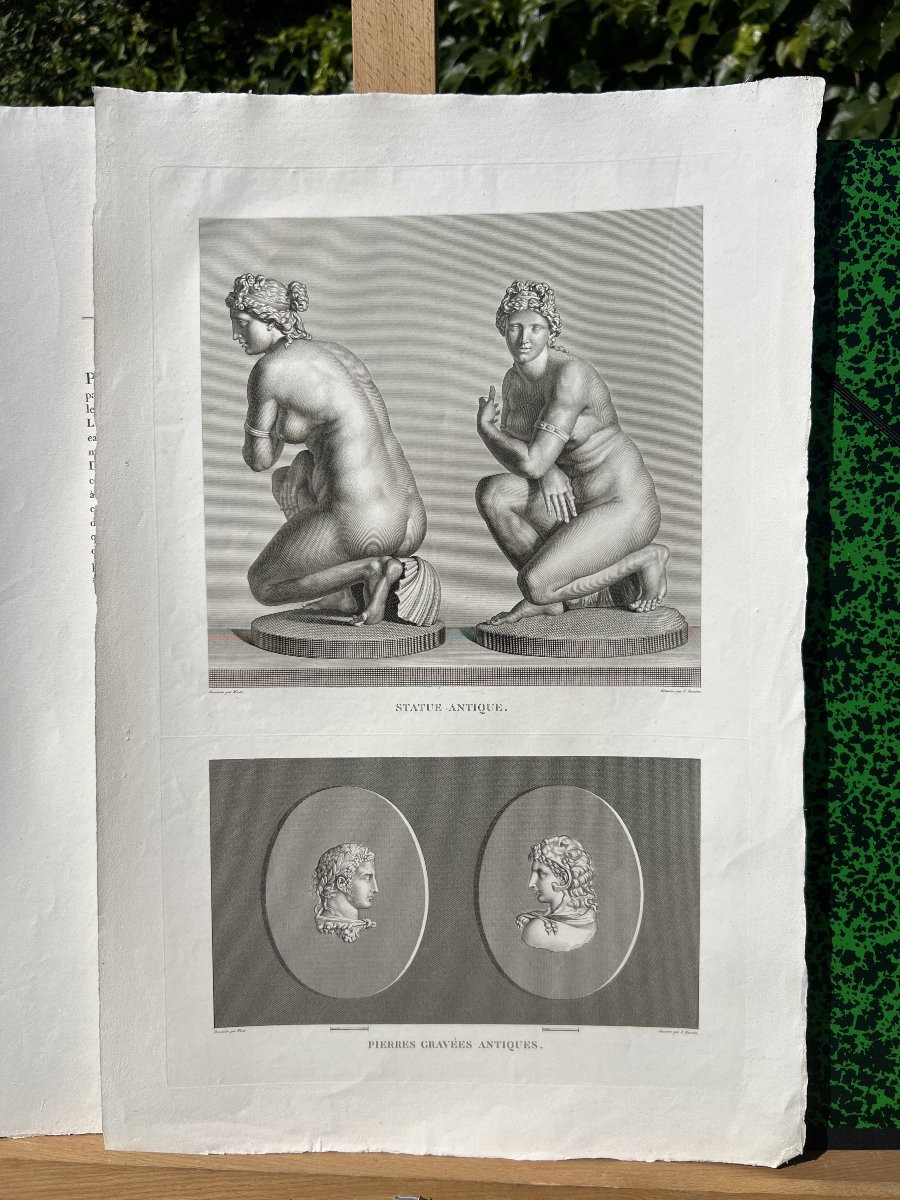





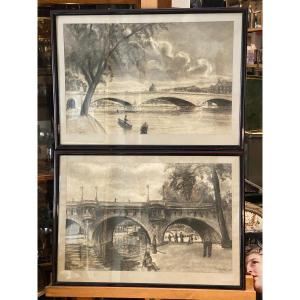



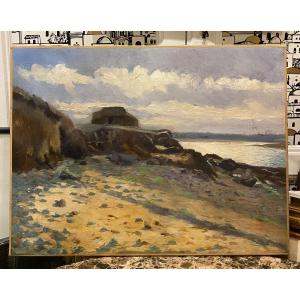

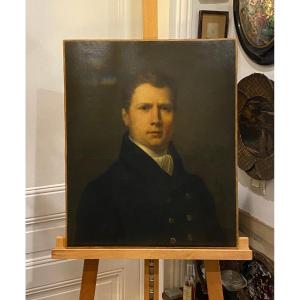

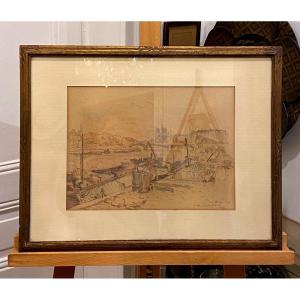
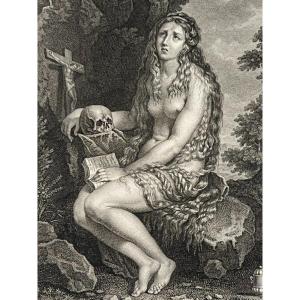

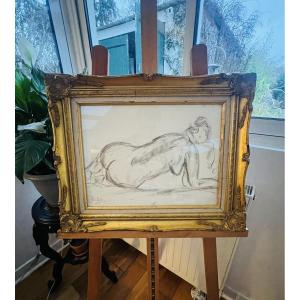
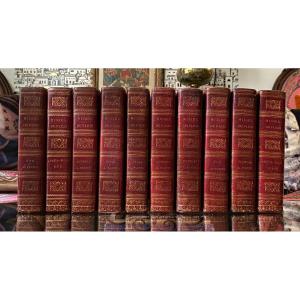

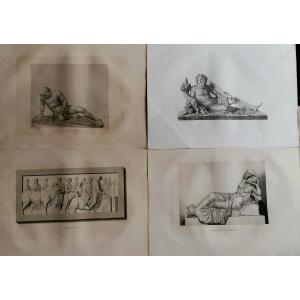
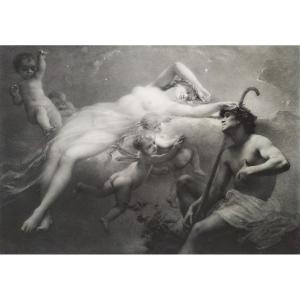
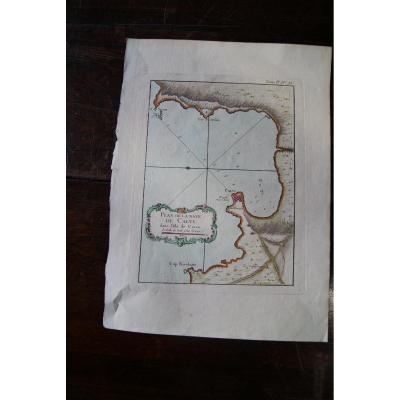
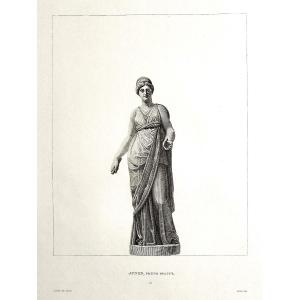
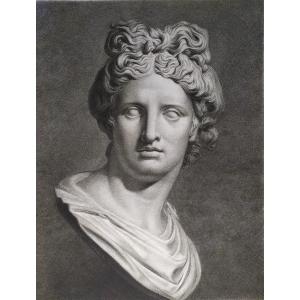



 Le Magazine de PROANTIC
Le Magazine de PROANTIC TRÉSORS Magazine
TRÉSORS Magazine Rivista Artiquariato
Rivista Artiquariato